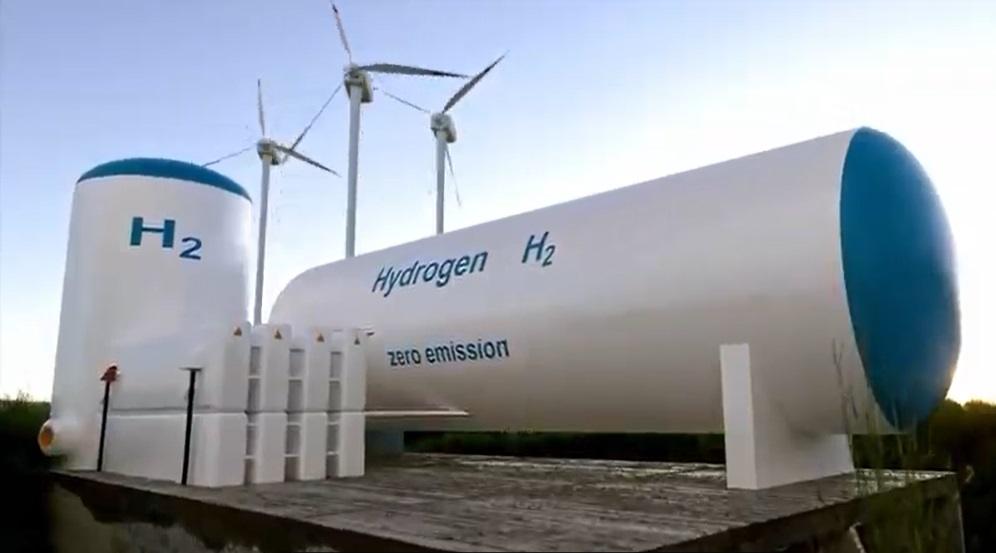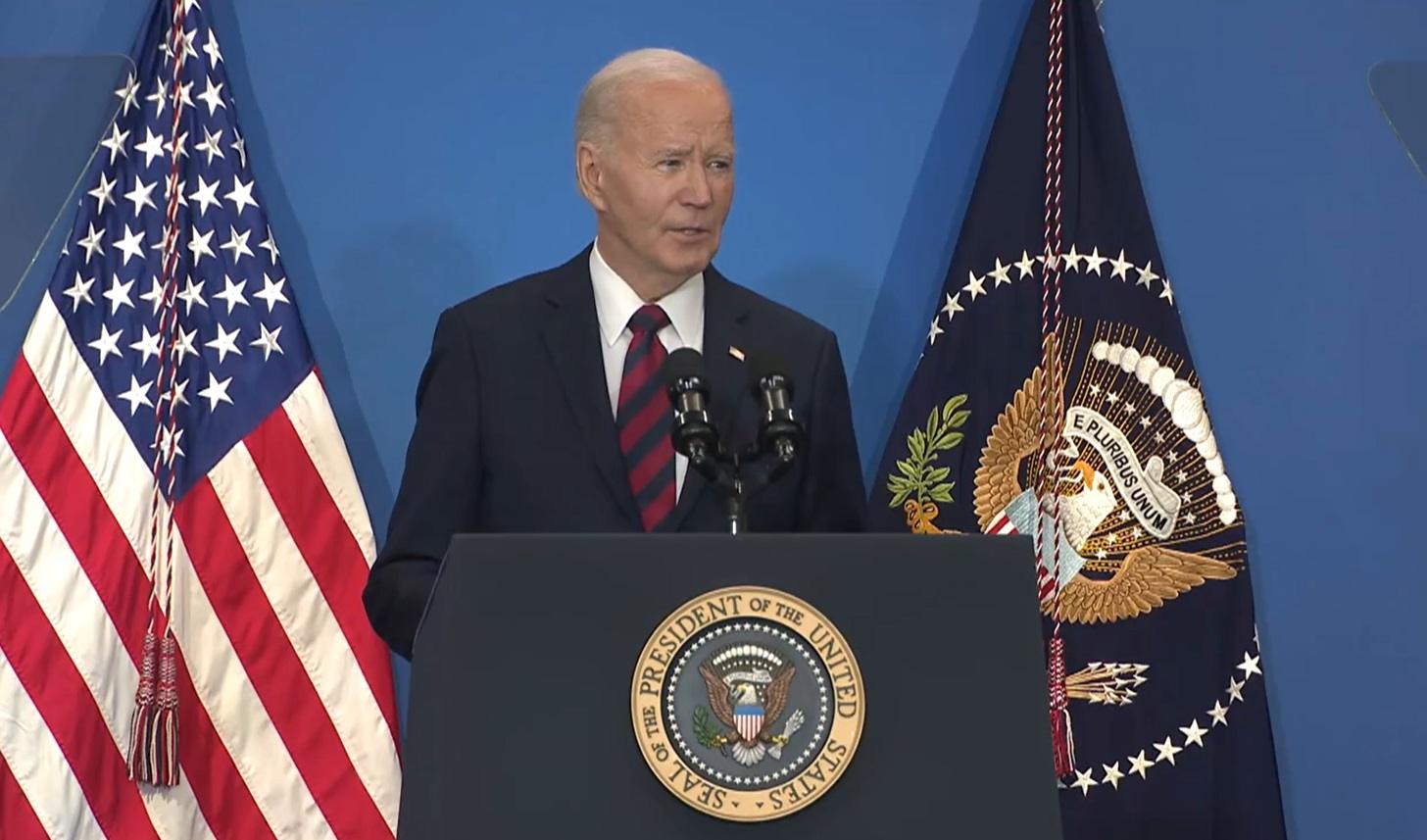India Approves Green Hydrogen Strategy, Expected to Spur $97 Billion Investments by 2030
The government of India announced the approval by cabinet of the National Green Hydrogen Mission, its strategy to establish India as a major green hydrogen production hub, with plans to reach 5 million tonnes of production and spur nearly $100 billion of investment by 2030.
According to a statement by the government announcing the approval, the strategy is expected to help India become energy independent, and decarbonize major sectors of the economy, including industrial, mobility and energy.
Hydrogen is viewed as one of the key building blocks of the transition to a cleaner energy future, particularly for sectors with difficult to abate emissions, in which renewable energy solutions such as wind or solar are less practical.
Around 90 million metric tons of hydrogen are produced annually, although the vast majority is extracted using fossil fuels, which create pollutants and GHG emissions. The development of clean hydrogen capacity, such as green hydrogen, which uses renewable energy to power the process to extract hydrogen from other materials, will require massive investments in areas including infrastructure, electrolysis, and transport.
India unveiled its national hydrogen mission in 2021, aimed at creating a significant role for hydrogen in the country’s decarbonization strategy, and envisioning India as a global hub for green hydrogen production and exports.
While scaling green hydrogen production to 5 million tonnes and associated additional renewable energy capacity by 125 GW by 2030, the government also anticipates that the strategy will result in over Rs8 lakh crore (US$97 billion) in total investments, and the creation of over 600,000 jobs by that time.
Additional anticipated benefits of the strategy include the abatement of nearly 50 million tonnes of annual greenhouse gas emissions and over $12 billion reductions in fossil fuel imports by 2030.
The development of clean energy capacity, such as green hydrogen, forms a major part of India’s strategy to meet its climate commitments, which include 2030 goals to reduce emissions intensity by 45% and to transition to approximately 50% electric power from non-fossil-based sources.
The cabinet approval included outlays of over $2 billion for incentives under the Strategic Interventions for Green Hydrogen Transition Programme (SIGHT), which target the domestic manufacturing of electrolysers and production of green hydrogen. Additional approved investments include support for pilot projects in emerging end-use sectors and production pathways and R&D.





